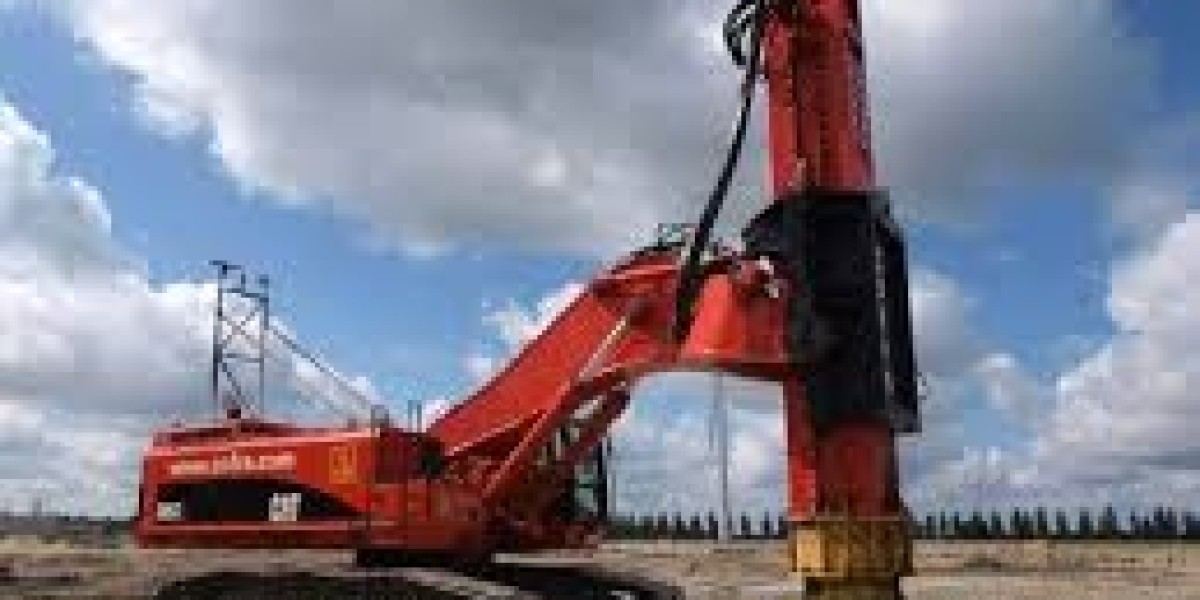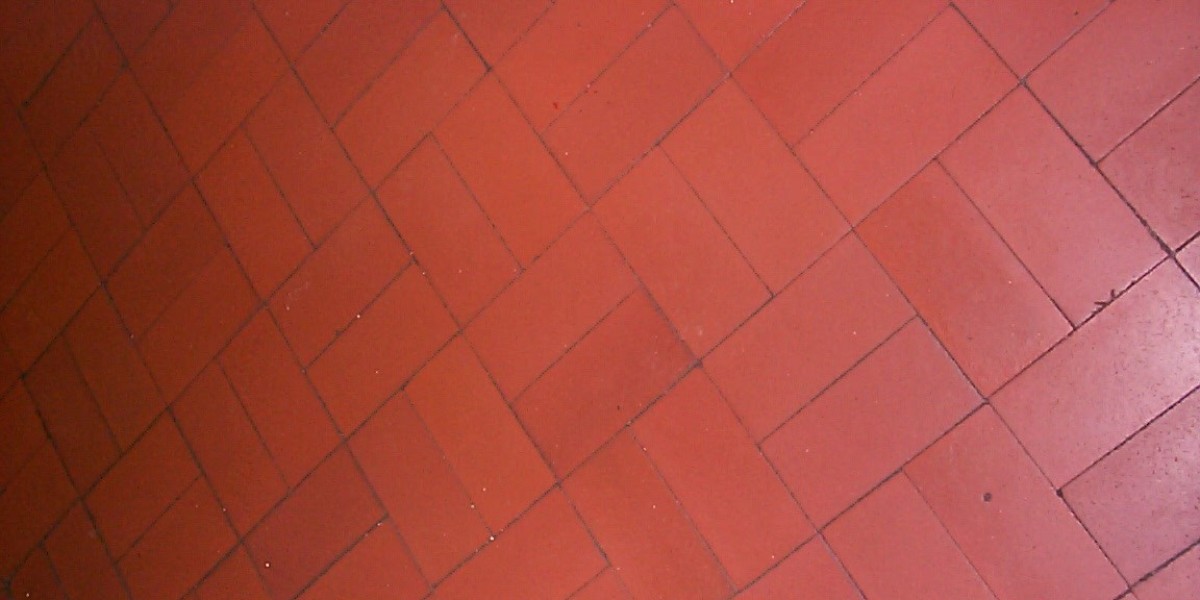A strong foundation is the backbone of every successful construction project. To build deep and solid foundations, construction teams often rely on a pile driving hammer. This heavy machine is designed to drive piles into the soil, ensuring that structures like bridges, towers, and tall buildings stand strong and safe.
While the pile driving hammer is a powerful and reliable machine, it is not free from challenges. Just like any other construction equipment, it can face problems during use. These problems can slow down work, increase costs, and sometimes even affect safety. The good news is that most of these issues have clear solutions when identified early.
In this article, we will discuss the most common problems with a pile driving hammer and explore practical solutions that help keep the machine running smoothly.
Understanding the Pile Driving Hammer
Before looking at the problems, it is important to understand what a pile driving hammer is and how it works.
A pile driving hammer is a machine used to insert piles (long steel, wood, or concrete columns) deep into the ground. These piles provide extra strength to support heavy loads. The hammer can work in different ways depending on the type:
Diesel Hammer: Uses combustion power to deliver heavy blows.
Hydraulic Hammer: Works with hydraulic pressure for controlled and powerful strikes.
Vibratory Hammer: Uses vibration to reduce soil resistance and push piles into the ground.
Drop Hammer: Relies on a heavy weight lifted and dropped repeatedly.
Each type of pile driving hammer has its own advantages and problems, but many issues are common across all machines.
Common Problems with a Pile Driving Hammer and Their Solutions
1. Misalignment of the Pile
Problem:
One of the most common issues is pile misalignment. If the pile is not placed straight under the hammer, it can tilt or shift during driving. This leads to unstable foundations and wasted effort.
Solution:
To prevent this, operators should carefully align the pile before driving. Using guiding frames or leads helps keep the pile steady. Regular checks during operation ensure that the pile remains in the correct position. Skilled operators are essential for maintaining proper alignment.
2. Excessive Noise and Vibration
Problem:
A pile driving hammer naturally produces noise and vibration. However, in some cases, the noise becomes too high or the vibration spreads to nearby structures. This can disturb communities or damage surrounding buildings.
Solution:
Using modern hammers with noise control features can reduce the impact. Vibratory hammers with high-frequency systems help limit vibration spread. Operators should also follow safety guidelines and maintain a safe distance from sensitive areas.
3. Overheating of the Hammer
Problem:
Continuous operation can cause a pile driving hammer to overheat, especially hydraulic and diesel types. Overheating reduces efficiency and can damage parts.
Solution:
To solve this, regular maintenance of the cooling system is necessary. Operators should avoid overloading the hammer and allow rest periods during long operations. Checking oil levels and filters also helps prevent overheating.
4. Low Driving Efficiency
Problem:
Sometimes the pile does not go deep enough even after several blows. This means the hammer is not delivering enough energy or the soil conditions are too hard.
Solution:
The operator should first check the hammer’s power settings and condition. If the hammer is fine, the problem might be in the soil. In such cases, pre-drilling or using a different type of hammer, like a vibratory hammer for sandy soils, may be required.
5. Frequent Equipment Breakdowns
Problem:
Heavy use of a pile driving hammer can cause mechanical failures such as broken clamps, hydraulic leaks, or worn-out parts. Frequent breakdowns lead to project delays.
Solution:
Preventive maintenance is the best way to avoid breakdowns. Regular inspection of hydraulic systems, clamps, and wear parts ensures that small issues are fixed before they turn into big problems. Keeping spare parts available at the site can also save time.
6. Difficulty in Hard Soil Conditions
Problem:
In very hard or rocky soils, the pile driving hammer may struggle to push the pile into the ground. This leads to delays and sometimes damages the pile.
Solution:
The solution is to use specialized equipment. Pre-drilling a hole before driving the pile can make the process easier. Hydraulic hammers with higher power are also suitable for tough soils. The operator should always choose the right hammer for the soil condition.
7. Fuel and Energy Consumption
Problem:
Diesel and hydraulic hammers consume a lot of fuel or energy. This increases operating costs and sometimes affects project budgets.
Solution:
Regular maintenance of the engine and hydraulic system ensures better fuel efficiency. Newer models of pile driving hammers are designed to use energy more effectively. Renting a modern machine instead of using an old one can also save money in the long run.
8. Operator Fatigue and Human Error
Problem:
Operating a pile driving hammer requires skill and focus. Long working hours can cause operator fatigue, leading to mistakes such as poor alignment or incorrect hammer settings.
Solution:
Proper training and shift management help reduce errors. Using digital monitoring systems can also support operators by providing real-time feedback on hammer performance and pile depth.
9. Safety Hazards
Problem:
Pile driving is a risky job. Falling piles, moving parts of the hammer, or sudden malfunctions can cause accidents.
Solution:
Strict safety protocols must be followed. Workers should wear protective gear, and only trained personnel should operate the pile driving hammer. Regular safety checks and emergency stop systems also reduce risks.
10. Corrosion and Weather Damage
Problem:
When working in marine or coastal environments, the pile driving hammer is exposed to saltwater, moisture, and harsh weather. This leads to rust and corrosion of metal parts.
Solution:
Using corrosion-resistant materials and protective coatings helps extend the life of the hammer. After each project, cleaning and proper storage are essential to prevent long-term damage.
The Importance of Regular Maintenance
Almost every problem with a pile driving hammer can be reduced with proper maintenance. Routine checks, timely repairs, and cleaning play a big role in keeping the machine efficient. Maintenance not only saves money but also improves safety and ensures projects are completed on time.
Conclusion
The pile driving hammer is one of the most valuable machines in modern construction, but like any powerful tool, it comes with challenges. Common problems include misalignment, overheating, noise, breakdowns, and safety risks. By applying the right solutions such as proper alignment, preventive maintenance, skilled operation, and using the correct hammer for soil conditions, these issues can be controlled.








